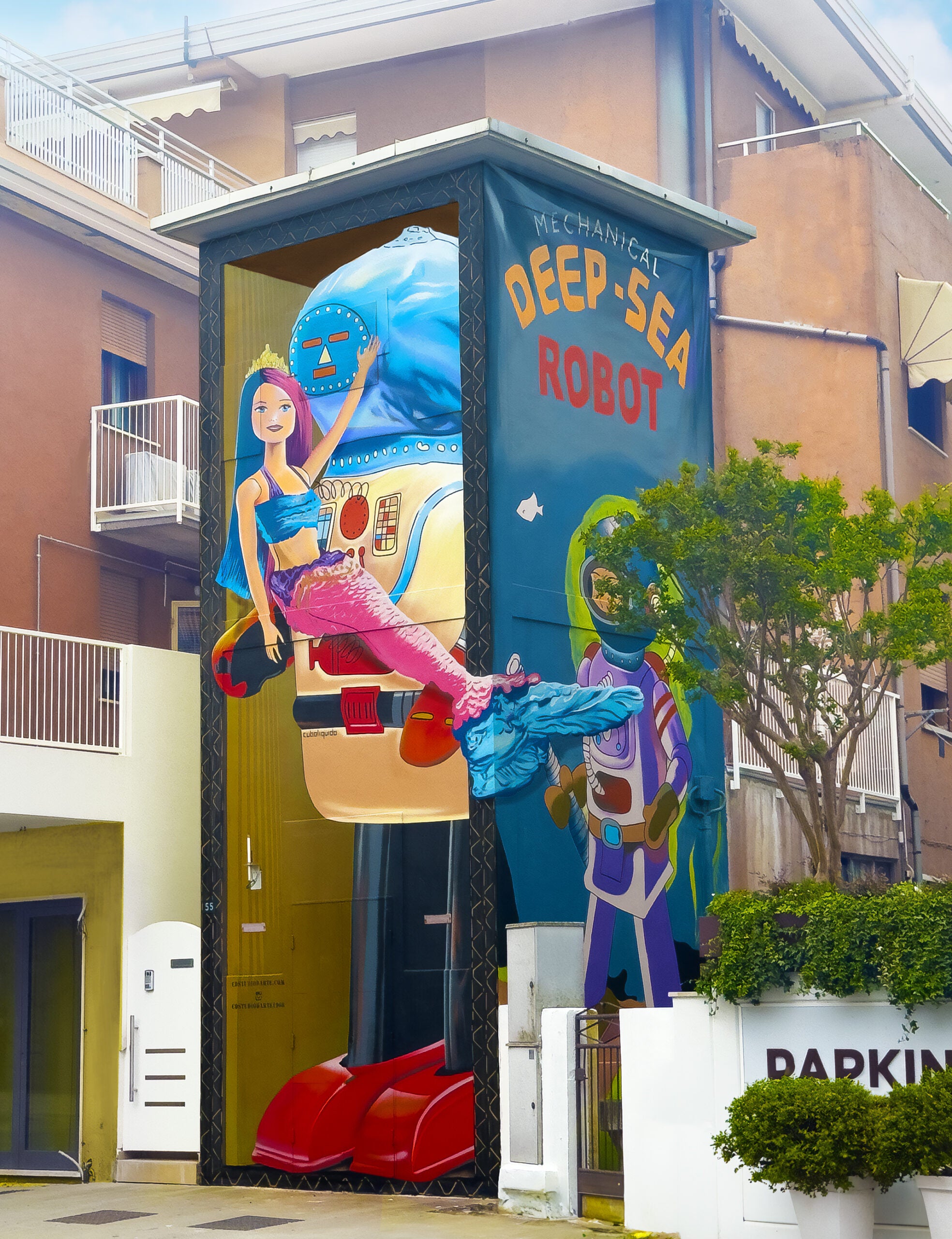The art market is one of the most intriguing and diverse sectors, with roots that sink into the past and an ability to evolve in response to social and cultural changes. This market is much more than a simple set of economic transactions; it is a mirror that reflects the cultural values and social trends of our society.
Art and Economic Value
The value of an artwork is not measured only by its selling price, but by the cultural and symbolic meaning it carries. Collectors often seek works that can defy time, but investing in the art market requires a thorough understanding of the dynamics that govern it. Fluctuations in value, artistic trends, and cultural movements can significantly influence the market, forcing collectors and investors to carefully evaluate their choices.
The Pandemic and the Digital Boom
The pandemic emergency has had a significant impact on many sectors, and the art market has been no exception. Traditional sales have declined, but the sector has shown an extraordinary capacity to adapt, moving events, auctions and fairs to the virtual world. This change has brought greater democratization, with new collectors able to easily access works. Digital platforms have opened up new opportunities, breaking down geographical barriers and reaching a global audience.
Landmark Events and New Trends
Major events such as the Venice Biennale play a key role in shaping contemporary art. The 2019 edition, May You Live in Interesting Times , curated by Ralph Rugoff, gave great visibility to the black community, with record sales of African works that reached 14 million pounds, marking a 41% increase on the previous year. The current Biennale, Il latte dei sogni , curated by Cecilia Alemani, represents a further consecration of black and female art, with around 90% of the artists exhibited identifying as female.
Future Market Outlook
The future of the art market looks dynamic and evolving. New digital art forms and cryptocurrencies are emerging as major players, influencing transaction methods and marketplaces. Alongside traditional venues like New York, Paris, London, and Hong Kong, new marketplaces are gaining traction. According to Cristina Masturzo of Art Tribune, trading levels have returned to pre-pandemic levels thanks to rising spending and a rise in buyers, leading to a revaluation of some works at the expense of others that are less sought after. Contemporary art remains the main segment and promises to continue to dominate the market in the years to come.
The Art Market: A Challenge and an Opportunity
The art market continues to evolve, intertwining tradition and innovation, and reflecting the cultural and social changes of our time. From the boom in online sales to the new frontiers of cryptocurrencies, it offers unique challenges and opportunities for artists, collectors and enthusiasts. Understanding its dynamics means not only investing in works, but also connecting with a global cultural heritage that is constantly renewing itself, celebrating art as a universal and timeless form.
Explore contemporary art collections and artist stories on CD Studio d'Arte . Visit our blog and follow us on social media to stay up to date on the latest news!



